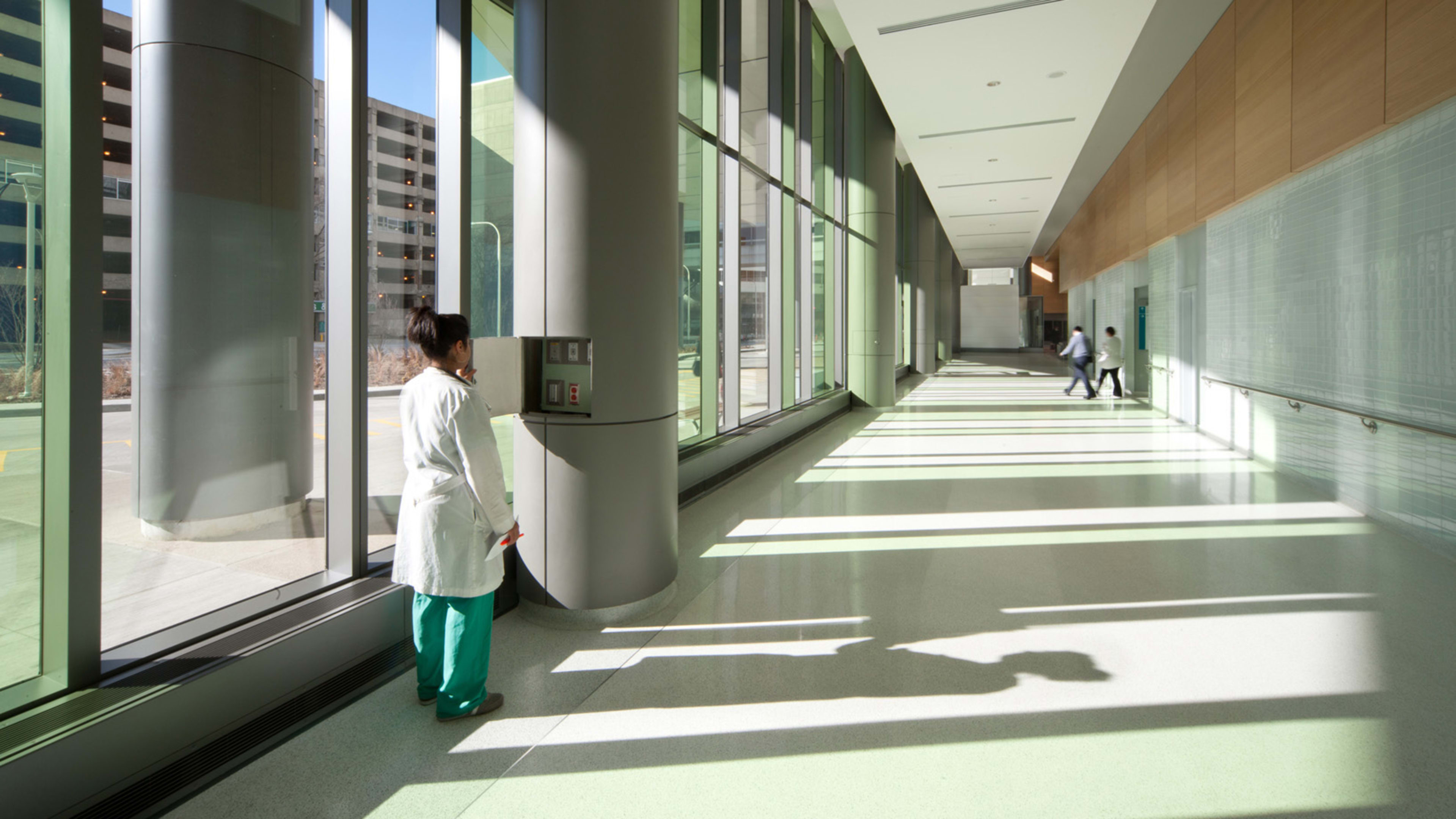Throughout history, disease outbreaks have forced new innovations in urban design: Fighting cholera epidemics in the 1800s, for example, necessitated the building of new plumbing and sewer systems and the devising of new zoning laws to prevent overcrowding. As the new coronavirus lays bare the need for broader changes across our economy, such as widespread paid sick leave, it might also influence how cities and buildings are built.
“There’s an interesting nexus that’s happening with the increase in thinking about chronic health in cities and the health districts that we’re designing . . . and this particular epidemic,” says David Green, a principal at Perkins and Will, a design firm that has worked on “health districts” that address wider health issues such as walkability as a tool to reduce obesity and diabetes. “I think that the next couple of months, especially, and the next year, is going to fundamentally change the way we think about the design of cities.”
One part of that might mean creating buildings that can quickly switch to a different use in the case of an epidemic or another type of disaster. “We’ve been looking at redesigning public spaces so that they can also work as logistics and treatment areas in cities for epidemics like this,” Green says. The firm is also studying how urban design affects the current outbreaks. “We’re working through the process of evaluating the spread of this epidemic as it ties to the physical design of cities, which includes things like population density.”

Virus-free transit
Better design could also help reduce crowds where viruses can easily spread. At airports, for example, security screening could be done differently so that passengers aren’t forced to wait together in crowded lines. “New and upgraded airports are being designed to increase security screening lanes and reduce pinch points in passenger flow,” says Arathi Gowda, associate director of high-performance design at Skidmore, Owings & Merrill (SOM). “This, along with automated screening lanes, reduces passenger wait time, congestion, and person-to-person contact.” In another approach, Changi Airport recently shifted to contactless screening for returning citizens.
Lionel Ohayon, founder and CEO of Icrave Design, a design firm that works in airports and stadiums, suggests that passengers might eventually be screened when they board autonomous vans headed to the airport, rather than at the airport itself. Inside airports, better design could help reduce crowds of people waiting at gates to board.
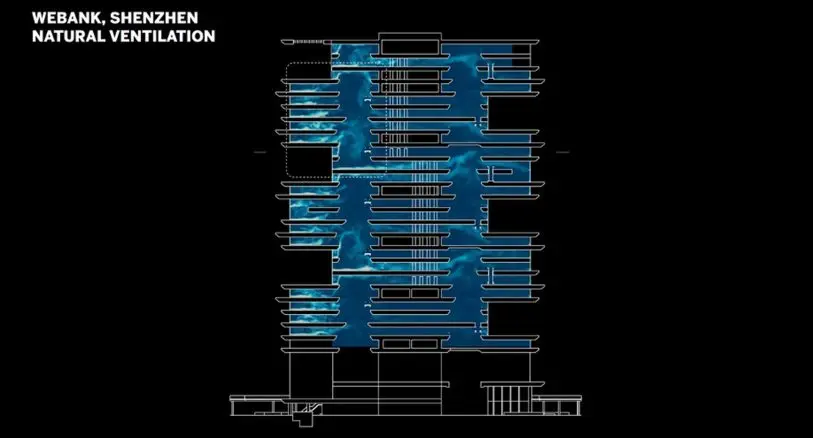
“Buildings have to be the secret weapon in the future to combat infectious diseases.”
While it’s hard to eliminate crowds once people are on an airplane, the biggest risk comes from sitting near someone who is sick; the air onboard is well-filtered so viruses won’t circulate further. That level of air quality treatment should be happening in other places. “We can do it in our public transportation system, but it’s not done,” says Luke Leung, director of sustainable engineering at SOM. It should also be happening inside more buildings. “Not only is this something that we should think about, this is something that we must think about, because we spend 90% of our time indoors,” he says. “Buildings have to be the secret weapon in the future to combat infectious diseases.”
Newer technology is making it more cost-effective to make air much cleaner. UV-C light, for example, can eliminate viruses in air treatment systems while simultaneously making equipment last longer. (Traditional air filters add costs partly because it takes more energy to push air through them.) Bringing fresh air into buildings is also important, as is improving ventilation outside in dense neighborhoods. “If you have fresh air coming in, it will minimize the time that you’re exposed to anything,” Leung says. Future technology will be able to do more—sensors that can detect viruses on surfaces in real time, he says, are coming, and can be used to warn building occupants or trigger air cleaning.
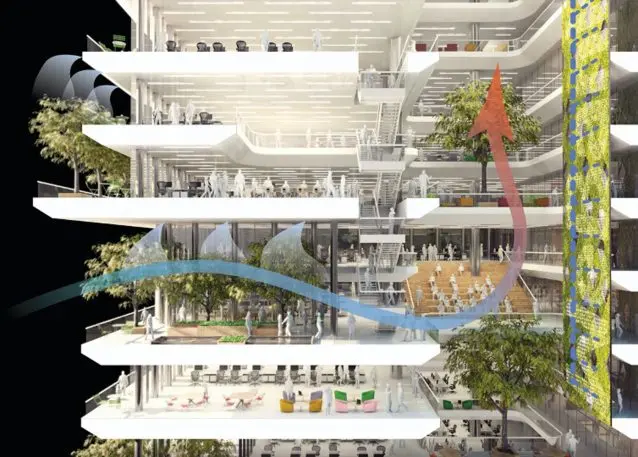
Some buildings are also beginning to deploy temperature screening to identify people who might be ill. “China and several other countries are currently measuring occupants’ temperatures prior to entering a building using an infrared thermometer, or alternately, utilizing thermal imaging,” says Gowda. “This was quickly deployed to mitigate the spread of COVID-19. This is not considered a positive test for COVID-19 or other viruses, but both technologies can be administered externally in order to minimize the risk of infection or the need to wear masks or other protective equipment. Typically, when people have a fever, they are at a very contagious point in their illness—with this technology, they can be made aware and directed to the appropriate avenues of testing and potentially quarantine to minimize person-to-person transmission. We are starting to see this technology in some hospitals in the United States, but it should be thought of as one of our first lines of defense in all buildings, with applications beyond healthcare environments.”
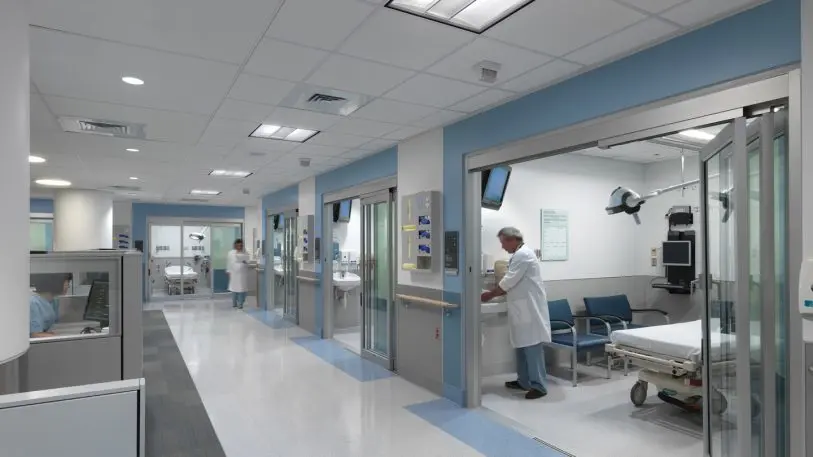
Hospitals designed for outbreaks
Hospitals, of course, can also be better designed to handle outbreaks of infectious diseases. The hospital at Rush University in Chicago has an ambulance bay that is designed to be closed off, so that patients can be safely evaluated there before entering the hospital. Inside, negative pressure zones that limit the spread of the virus can be turned on in multiple areas. Hospital rooms can also transform. “If you suddenly become very, very sick like some of these patients are they can immediately turn [an acute care] room into a critical care ICU room,” says Marvina Williams, a senior medical planner at Perkins and Will and a former emergency department director. Hospitals and clinics can also add purpose-built telehealth centers to make it easier for doctors to treat patients remotely and avoid the potential spread of a virus.
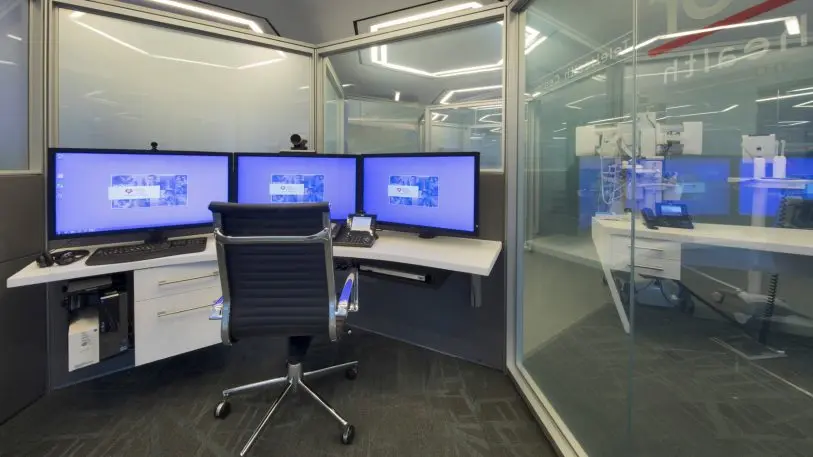
Parks help cities breathe
More holistic approaches to making cities and buildings healthy can also impact future epidemics by making it less likely that people get sick, and more likely that they avoid the most serious consequences. As one example, SOM is beginning to add more outdoor space to its designs, even in super-tall buildings. One reason that access to outdoor space is important: A large percentage of Americans are vitamin D deficient, and some studies have linked higher vitamin D levels to a reduced risk of acute respiratory tract infection.
Similarly, easy access to parks encourages people to spend time outside. Parks also encourage people to exercise, and they reduce air pollution. Polluted air is linked to health problems such as asthma, high blood pressure, and diabetes, all of which are associated with a higher risk for patients with the new coronavirus. (Walkable neighborhoods, by contrast, are linked to a lower risk for problems such as high blood pressure.) The idea that parks can clean the air isn’t new; it was used as justification for building Central Park and other major city parks in the 1800s.
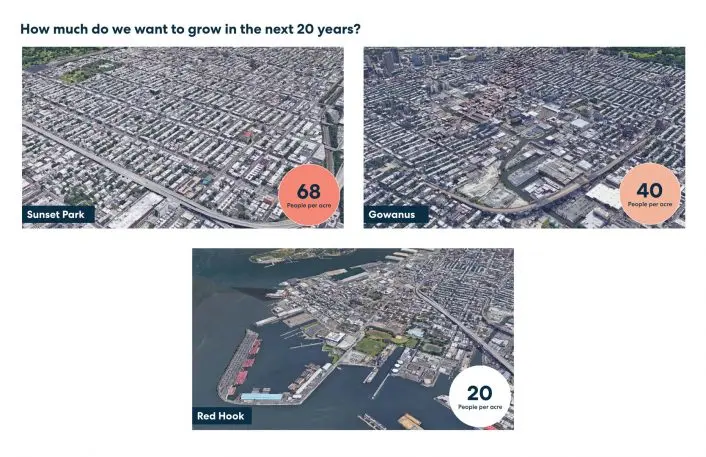
“Even though [landscape architects] didn’t have the science behind it, it was enough to build places like Central Park, the Emerald Necklace in Boston, and do a large tree-planting campaign in Chicago,” says Sara Jensen Carr, an architecture professor at Northeastern University and the author of an upcoming book about how past epidemics have influenced urban design. In the current crisis, she says, parks are also functioning as an escape. “Being outside is one of the safer activities we can do right now. I think it speaks to the importance of having those spaces everywhere.”
Handwashing everywhere
Some potential changes in cities could be relatively simple. In Kigali, Rwanda, the city recently rolled out temporary handwashing stations at bus stops and started asking riders to wash their hands before boarding. The portable sinks are also in place at retail stores, banks, and restaurants. While the U.S. has done something similar to a limited extent near homeless communities, it’s possible to imagine that this type of infrastructure could become permanent at key places such as public transit hub.
“If you’re walking around the city and there’s actually nowhere where you can wash your hands or use a public toilet, you’ve actually created a scenario that you’re forcing people to actually take risks that they maybe don’t want to take,” says Ohayon. In some cases, it might make sense to take cues from hospital design, where sinks are deliberately placed to make people more likely to wash their hands. Ohayon points to an example of one hospital that he worked on. “As soon as you get off the elevator on any floor of that hospital, there’s a handwashing area that’s central,” he says. “It would almost be embarrassing, or you would know that you stepped through it without washing your hands, and there’s a room full of people looking at you.”
None of these changes in infrastructure and design would replace the need for other changes in public health, such as a commitment to respond and test much more quickly in the case of an outbreak. But as environmental changes make future epidemics more likely, and as the population ages and cities continue to grow denser, it makes sense for urban design also to change. Seeing the devastation in countries such as Italy may be enough to convince more communities to invest in solutions that have been considered optional extras in the past. “We have a lot of tools,” says Gowda. “We’re not deploying them. I think this is a moment for us to really think we actually can change, in a community spirit, for a greater good.” It’s similar, she says, to interrelated issues such as climate change that also have solutions ready to deploy. “There’s an idea we’re too big to change, but we’re not. We’re fundamentally an urban fabric, a community, and we can change quite quickly.”
Recognize your brand’s excellence by applying to this year’s Brands That Matter Awards before the early-rate deadline, May 3.
